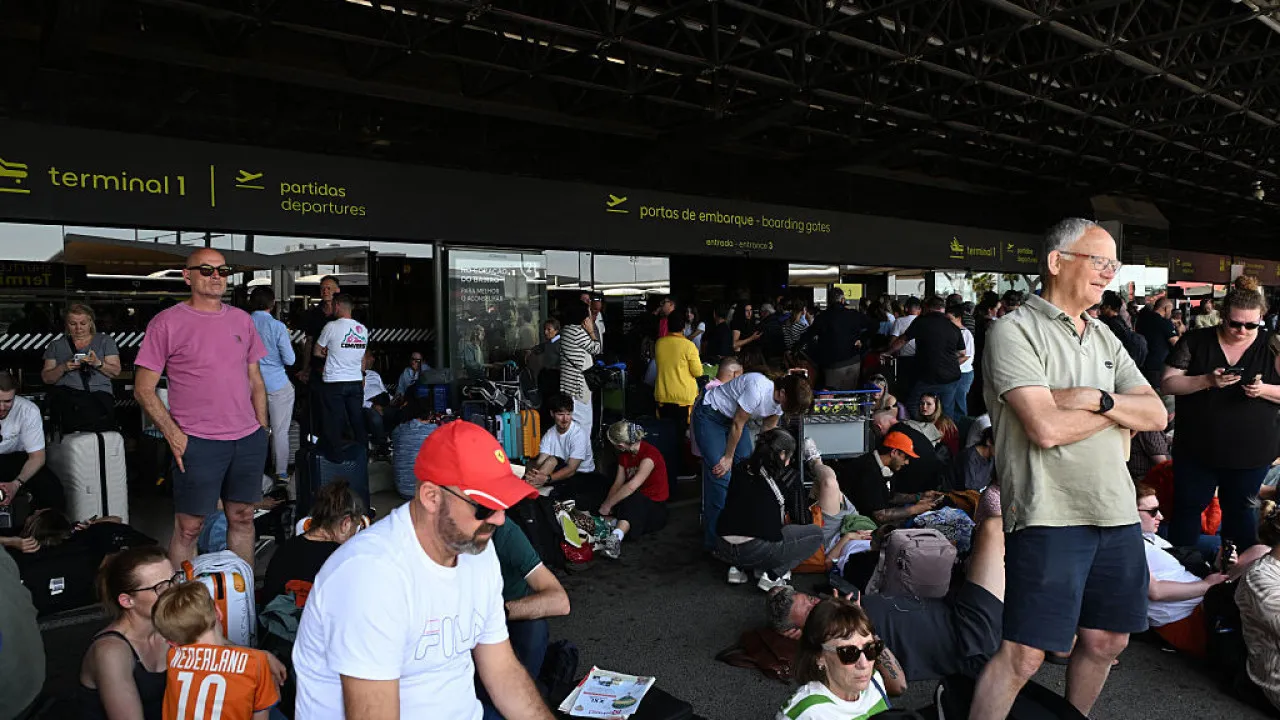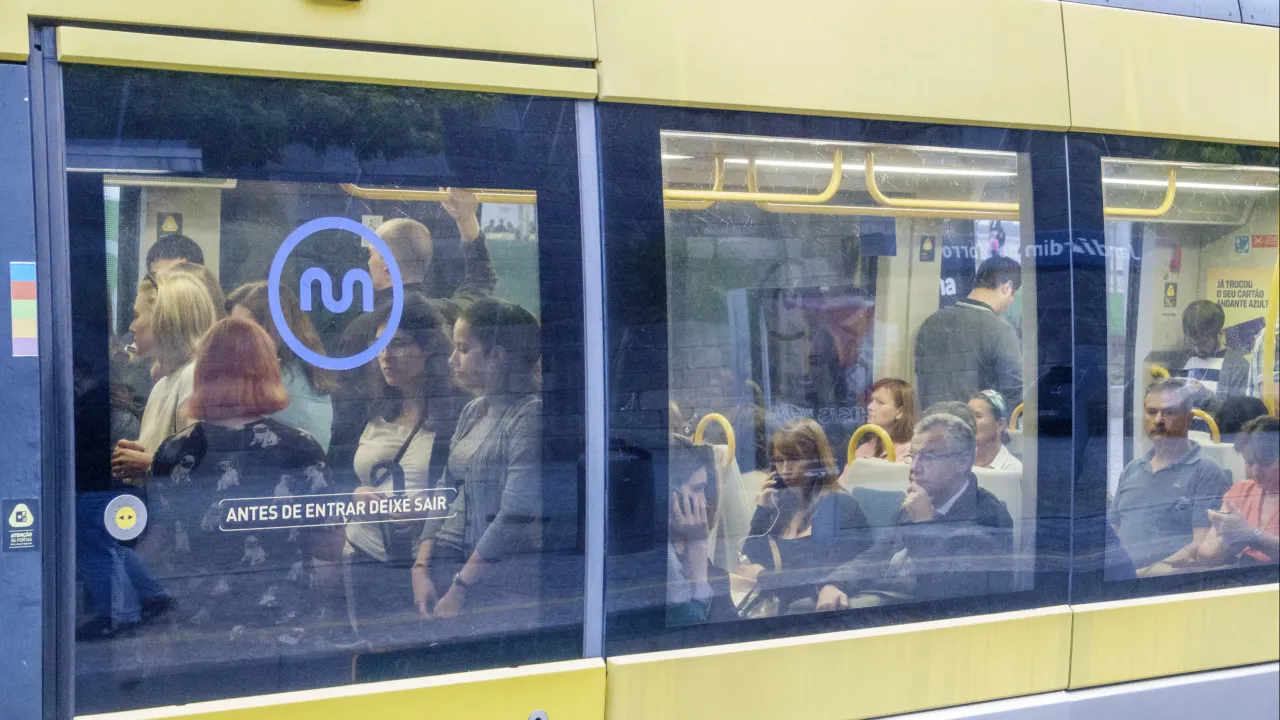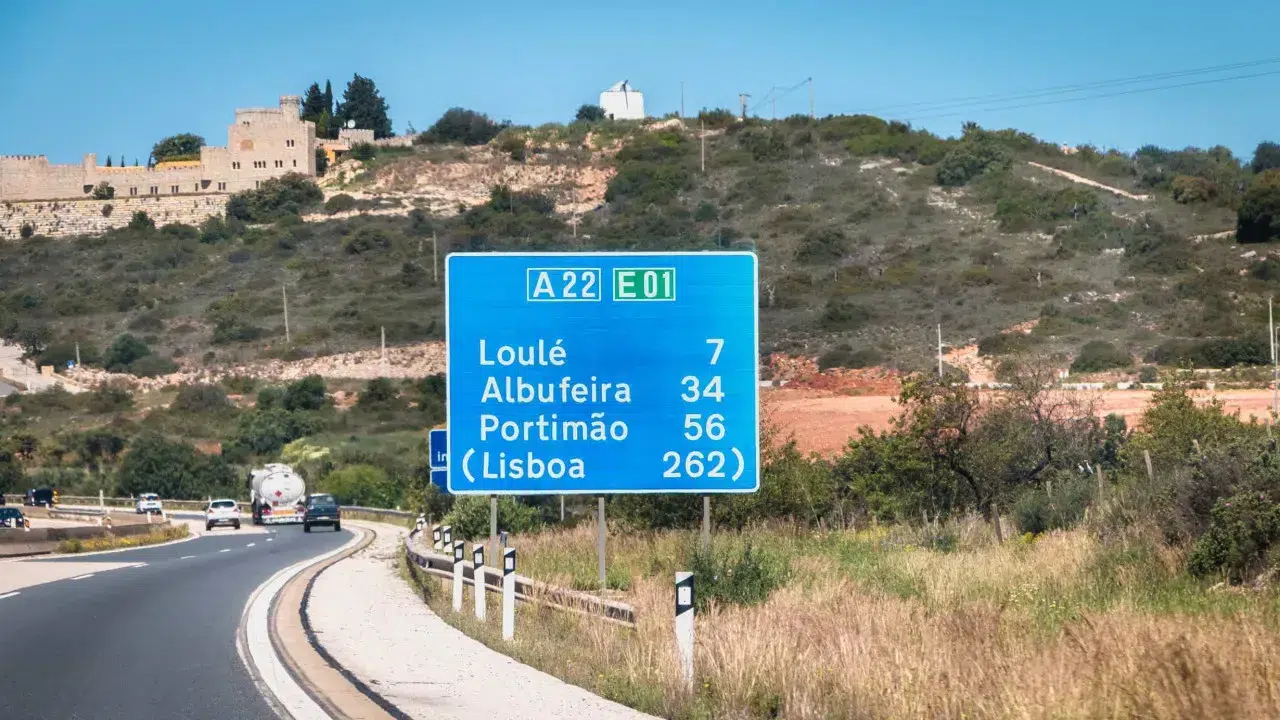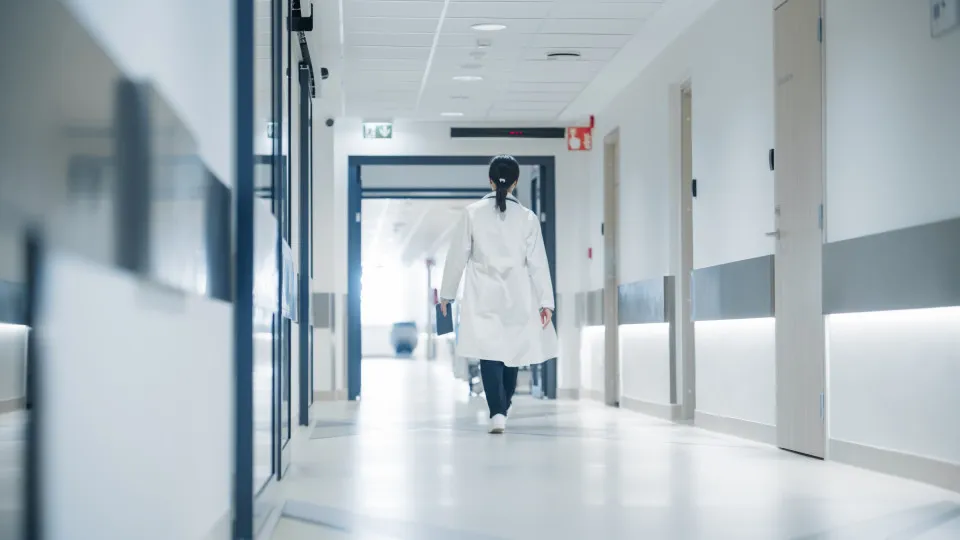A month after Unir, the new bus network for the Porto Metropolitan Area (AMP), went into service, students, adults and the elderly, who use public transport on a daily basis, are not convinced by the new service.
At the brand new and modern Lourosa/Fiães Transport Interface, in Santa Maria da Feira (Aveiro district), next to National Road 1 (EN1), 15-year-old Maria Magalhães admits that, compared to December, “some things have improved, others have worsened, because the bus times are sometimes late”.
“That’s what annoys me the most,” the student from Lourosa told Lusa, as she waited for the bus to go to school in Fiães, also in the municipality of Feira.
According to the Unir bus user, even when leaving school “the time was different, but then, with the departure times [from school], they had to adapt” the routes.
The first week of January marks the entry into force of new timetables for the Unir network, announced in the meantime for lots 1 (Matosinhos, Maia and Trofa) and 4 (Gaia and Espinho), which are more adapted to the school reality of AMP students.
However, at the same interface, Gonçalo Reis, 17, who lives in Lobão and was waiting for the bus to Argoncilhe, also in Feira, was living proof of a failed experiment.
“First, my bus was supposed to arrive here at 07:27, to pick me up at 07:30, and it was late, as usual. Then, I’m supposed to get another bus at 08:00, but it’s 08:10 and I’m still waiting here,” the student told Lusa.
When asked if he had noticed any changes in the network, Gonçalo said that things “are basically the same” and, “the only thing that has changed is the timetable for leaving school”, and for the worse.
“Before, the bus left there [school] at 4pm, and there was time to leave class to catch the bus, and now we have to miss a bus,” she shared.
While other fellow students managed to catch the bus to their respective schools, Gonçalo and two friends remained stranded at the terminal for a while longer, at which point Lusa drove along the EN1 to Carvalhos, in Vila Nova de Gaia (Porto district).
If a month ago the situation was chaotic in the same place, this week the traffic remains the same and the users’ protest hasn’t diminished either, despite the fact that more buses with Unir paintings and more visible information are now on the streets.
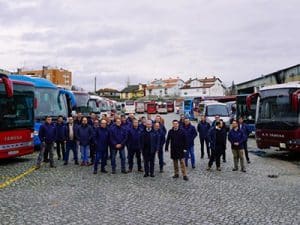
“It’s still confusing for me. There are timetables that aren’t kept. One day the bus really does come at 12:00, for example, and I go to the stop. The next day it might not be there,” 67-year-old Maria José, who wanted to go to the center of Gaia, complained to Lusa.
The user complains that one of the main promises of the new network, the display of timetables at the stops, has yet to be fulfilled: “It’s these indications that make it easier for us to get around”.
As for the frequency of public transport, he acknowledges that there has been more, “but it’s in certain areas, there are other areas where it doesn’t”.
“For example, in the area where I live, sometimes I need to get around at the weekend. I don’t have my own transport, and there isn’t a bus, not a single bus. In a way, we’re still a bit isolated,” he lamented.
José Oliveira Castro, 65, commutes daily within Vila Nova de Gaia, between Olival and Rechousa, and needs to take two buses, which is why he’s in Carvalhos, the confluence point of the municipality’s many bus routes.
“I come from Olival [on the bus] that goes there to the meeting point, to the fire station [‘interface’ dos Carvalhos]. Now I don’t know what time the other one comes. I was coming to Rechousa to work. I’ve been here for over an hour,” she complained to Lusa.
Asked if his boss understands the reasons for his delay, José assures that “he knows, understands and is aware of it”, even though he has to “waste hours” every day.
Maria Manuela, also 65, recalls that “it’s also difficult to get to Carvalhos at night”, and also complains that the supposed interface in the area “isn’t working”.
“We want a car and we don’t have one. The queue is all here. It’s terrible,” he said.
The Unir network began operating throughout the AMP on the December 1st holiday, with its first ‘test of fire’ on the following Monday, December 4th.
The new network of 439 lines and new image replaced the 30 or so former private bus operators in the AMP, and the first month of operation was met with much criticism throughout the region.
The president of AMP, Eduardo Vítor Rodrigues, has already admitted to Lusa that the “full” start of Unir should only happen at the beginning of this year, so that it can then “reach levels of excellence”.



